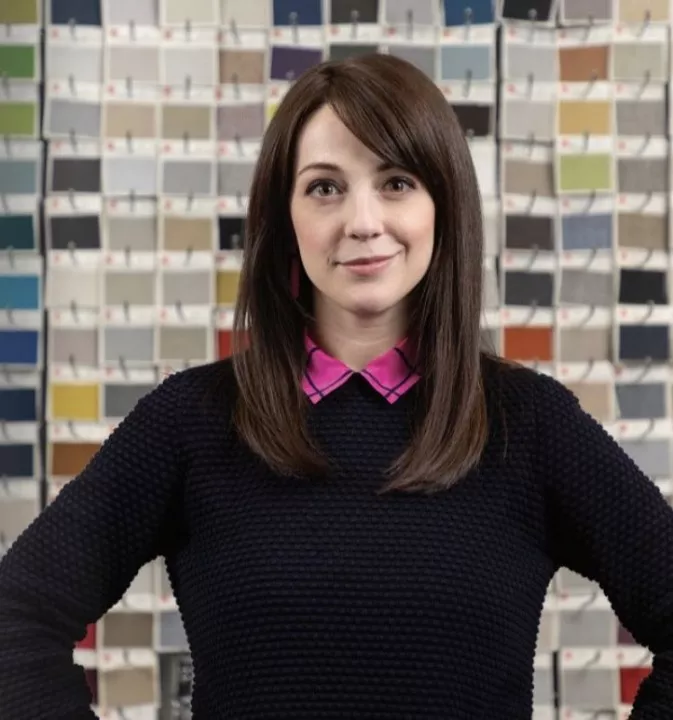Why did it take until September for the CDC to acknowledge what health-care facilities designers have been talking about since spring?
By: Melissa Sprau, NCIDQ

FOR DENTAL PRACTICES worldwide, getting back to something resembling normal has been an evolution. That’s understandable. I think we can safely assume that virtually no one reading Incisal Edge ever experienced a pandemic like this. The closest any of us have come is probably the early days of the HIV/AIDS crisis, and in that case, airborne transmission was ruled out fairly quickly.
Yet ambient air quality has been a persistent question mark in how we deal with Covid-19 from the start. Person-to-person transmission via respiratory droplets is the most worrying aspect of the virus, but anyone who has ever used a can of scented aerosol disinfectant knows some of those particles hang around long after the big droplets have visibly fallen to the floor. After all, if you can still smell them, they must be there, even if the human eye can’t see them. That’s one reason why I—and many of my colleagues—have been urging clients to consider solutions for cleansing ambient air since the pandemic began. Together with common sense and what we know about viruses in general, it seems very sensible.
So how did we get here, and what do we do about addressing both droplets and ambient air? Looking back to earlier in 2020, dentistry started off dealing with what we were sure of. Surface disinfection and PPE are things we could be reasonably certain are effective. Many practices then took the logical step of adopting the use of foggers, an affordable extra layer of precaution. Next, a large number began investing in aerosol-capture systems specifically for use during procedures. While capturing aerosols is an important part of the equation, it doesn’t address what happens after treatment ends and people can enter a space where infectious viral particles may be left behind.
When the Centers for Disease Control finally stated definitively in September that Covid-19 can be transmitted through the air, its announcement left no doubt that health-care facilities must do something about their ambient air quality. What was called into question is why an official acknowledgement took so long. Only a fly on the wall would know for sure, but all the political wrangling over the science probably had something to do with it. If there was indeed a delay, it was especially painful for frontline health-care workers eager for all the knowledge they could get. I know this firsthand, as my husband is a dentist.
One thing of which we can be certain: The CDC is now adamant that, with winter upon us, it’s time to improve the quality of ventilation systems nationwide, and health-care facilities arguably exhibit the most pressing need. While the weight of all these different precautions is palpable, the good news is that none of what we’ve done has been a waste, and it’s all still valid. Adding an ambient air-quality solution to your current protocols involving PPE, disinfection and aerosol capture brings your practice closer to a 360-degree approach that improves safety, and peace of mind, for all.
Finally, addressing ambient air quality will have tangible benefits even after the dark cloud of the pandemic lifts. Air pollution is harmful to the human respiratory system and is potentially damaging to the entire body. Plus, a Harvard Business Review survey revealed that the No. 1 environmental factor employees want most from their workspaces is better air quality. As you take the next step toward a healthier practice and think about ambient air quality, you can be confident that whatever you choose won’t likely become obsolete, even after a vaccine has at last returned life—and the practice of dentistry—somewhat to normal.
MELISSA SPRAU, NCIDQ manages Benco Dental’s team of CenterPoint designers. A graduate of Moore College of Art & Design, she has more than 12 years’ experience in facilities planning for a large health-care system and interior design with several architecture firms.



